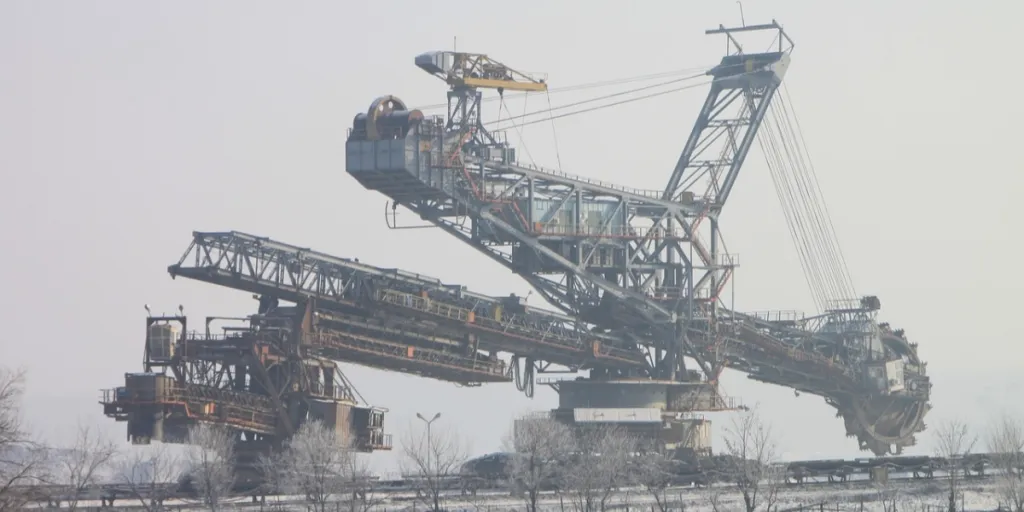Bucket wheel excavators (BWEs) are one of the most efficient ways to dig large areas quickly. They are predominantly used in the mining, large-scale land clearance, and construction industries. Varying in size and bucket capacity, these enormous pieces of machinery stand out due to a large wheel at the front of the excavator. The wheel is composed of multiple buckets and turns in a way to maximize digging efficiency for continuous digging and material transportation.
Bucket wheel excavators are a significant investment for any work site, however, thanks to their work efficiency, comparatively low fuel consumption, and ability to do the job of multiple personnel and smaller excavators, they are a cost-saving piece of equipment.
Before embarking on your mission to source bucket wheel excavators, find out everything you need to know about which features and components to look out for from this guide.
Table of Contents
Why should you buy bucket wheel excavators?
What are the advantages of bucket wheel excavators?
What features to look for when buying bucket wheel excavators
Conclusion
Why should you buy bucket wheel excavators?
Bucket wheel excavators are essential for large excavation projects, such as mining, quarrying, open-pit digging, or large construction sites, which makes them highly sought after by customers in these high-value industries. The mining market is projected to have strong growth over the coming years, with the industry projected to hit a minimum of USD 2825.81 billion by 2028, growing at a 5.5% compound annual growth rate (CAGR). The construction market, meanwhile, is also expected to grow, with projections estimating a total market value of USD 18,819.04 billion in 2027 with a 6.6% CAGR from 2027 to 2032, resulting in a total market value of USD 25,928.27 billion in 2032. With this growth in mind, investing in bucket wheel excavators now could be a great financial decision for the future.
What are the advantages of bucket wheel excavators?
Productivity
Bucket wheel excavators do the work of multiple one-bucket excavators while also removing the need for downtime or additional equipment. These colossal pieces of machinery streamline the digging process by having a continuous dig and tip action — while one bucket digs, a bucket on the other side of the wheel will be tipping material onto a conveyor belt, ready to spin round and dig once more. In addition, bucket wheel excavators do not drop as much material as a regular excavator, since the bucket directly below the digging bucket on the wheel will catch any excess material as it falls, before taking its turn to do the digging.
Efficiency
The bucket wheel excavators for sale today often possess a belt conveyor system or a cross-pit spreader, creating a continuous passage for the removal of the material to another location while the digging is being performed. This enables a streamlined work process that removes the need for additional equipment or personnel, as well as the need for multiple trips that can slow the digging process. The bucket wheel excavator’s ability to cover multiple aspects of a mining job makes it a more streamlined and cost-effective option than smaller excavators.
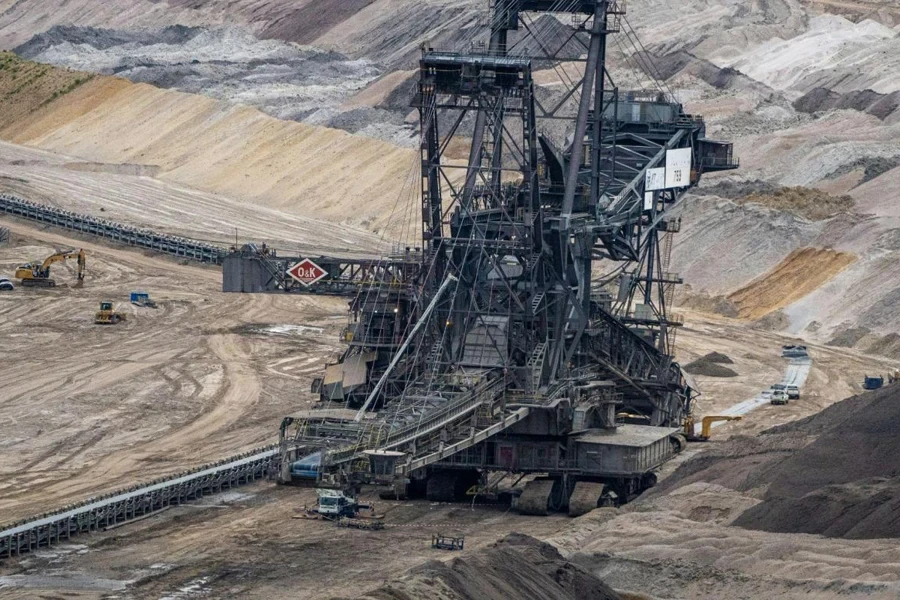
Versatility
Bucket wheel excavators are considered continuous mining machines specialized in digging semi-hard materials, including clay, sand, gravel, marl, lignite, and hard coal. These mining machines can therefore be employed across a variety of industries and a buyer will choose the type of bucket wheel excavator that is right for them based on their requirements. For example, in open-pit mining, bucket wheel excavators can extract minerals in a way that reduces the need for blasting or other disruptive techniques. When used for civil engineering projects, such as dam construction, the bucket wheel excavator displays an accuracy and speed that is much harder to achieve with traditional excavators. Additionally, the bucket wheel excavator itself comes in different sizes and engine capacities, as well as with different hydraulic systems to adapt to different working conditions.
Cost
Despite the initial purchase cost being substantial, the cost savings that a bucket wheel excavator presents over time make it a cost-effective purchase option. Overall, the cost per ton of material moved with a bucket wheel excavator is significantly lower than that of a traditional excavator. This is because its continuous motion means less stopping and starting, leading to reductions in fuel consumption, machine maintenance, and part replacement. In addition, the combination of elements in a bucket wheel excavator (excavator buckets for digging and conveyor belts for material transportation) reduces the need for additional machinery and personnel.
What features to look for when buying bucket wheel excavators
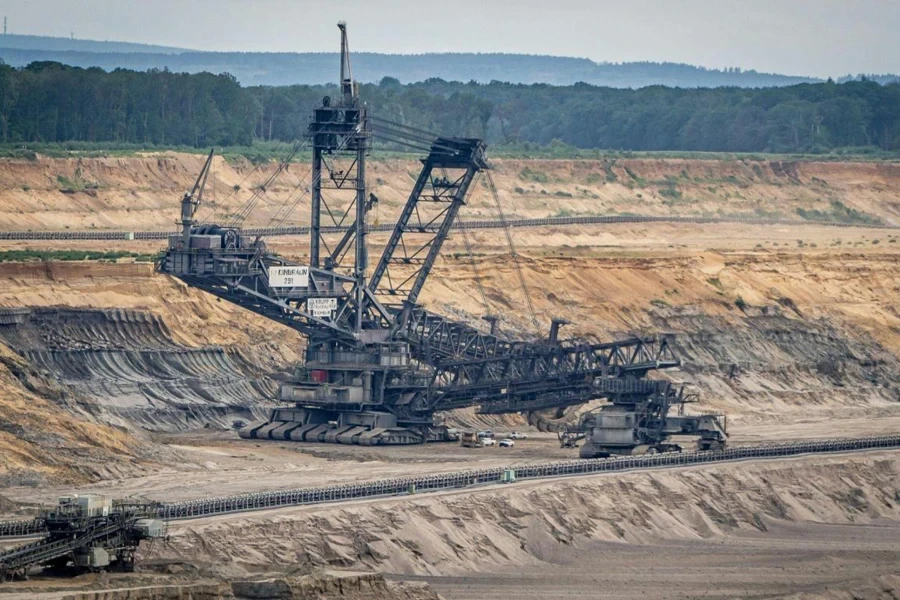
Engine capacity and size
Bucket wheel excavator engines should always be powerful, reliable, serviceable, fuel efficient, and have low emissions. However, different projects have different production needs and will therefore require different capacity engines. So, when choosing a bucket wheel excavator based on productivity, a buyer will make their choice on how much material can be moved per hour. To do this, the buyer will need to focus on engine size, excavator bucket size, and overall design.
Engine size and power will usually determine the size of the machine. This is important to consider as buying the most powerful bucket wheel excavator may be counterproductive if the work site is too small or has narrow tracks. For example, having a large bucket wheel excavator in a small working area can prove a hindrance, leading to bottlenecks in the worksite and inefficient productivity. Buying a smaller bucket wheel excavator with less power would therefore be more efficient in this case.
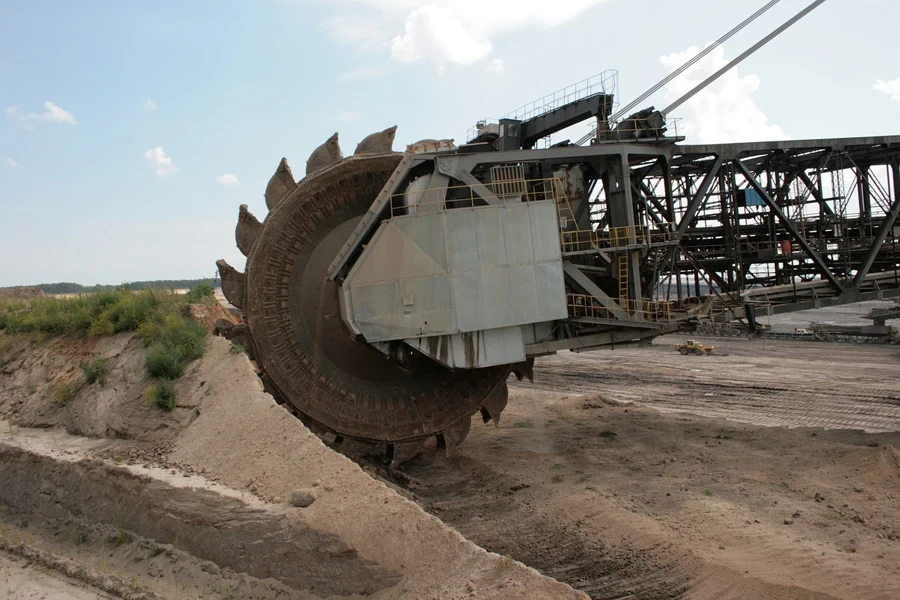
Excavator bucket size and excavator design
Excavator bucket size and the overall design of the excavator should also be considered when choosing the right bucket wheel excavator for a project. The bucket size can vary enormously, with smaller sizes often better for projects with high precision needs or areas with a narrow access. Larger excavator bucket sizes will move much more material per hour, however, so these are better suited for projects needing to move a lot of material quickly.
The overall design of the excavator can be an important consideration when it comes to the terrain and operational conditions. Choosing a design that can handle the terrain in question while maintaining a high throughput will mean more consistent productivity.
Mobility and versatility
When choosing a bucket wheel excavator, the project’s mobility requirements should be at the forefront of that choice. This is determined by the undercarriage of the excavator, with some being crawler-mounted and others possessing advanced track mechanisms. These undercarriage options will determine how the excavator moves and how fast it can traverse over difficult terrain. Likewise, if a project will require the excavator to be fairly static, then it will not always be necessary to invest in one of the more versatile, but costly, options.
However, it is important to consider that these machines are designed to last a long time. So, when buying a bucket wheel excavator it can be advantageous to spend a bit more in exchange for greater job flexibility. Likewise, regardless of the cost, stability will be key for any job, no matter the size. Ensure that the bucket wheel excavator of choice has the necessary mobility for the project at hand and that it will remain stable throughout any movement across the terrain.
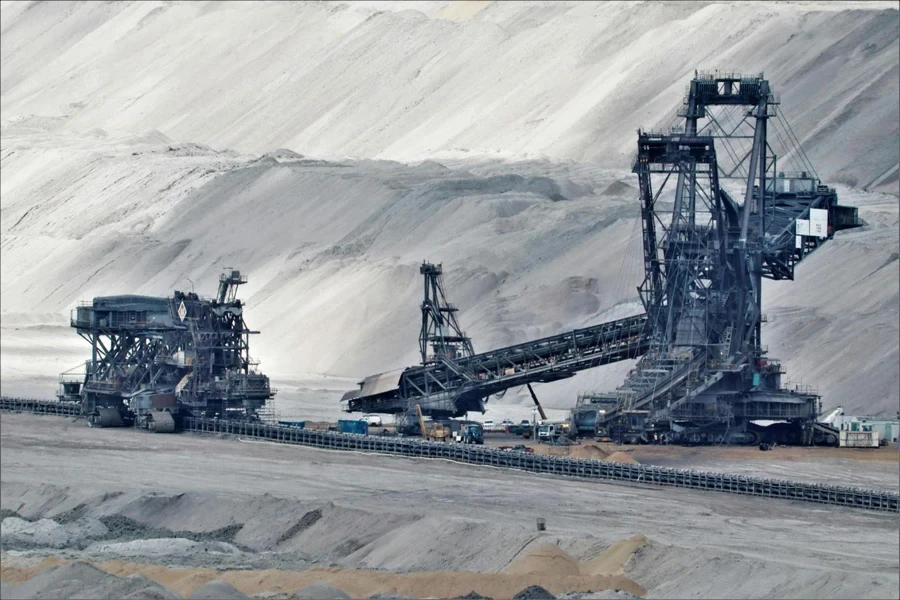
Automation and comfort
Comfort and ease of operation will determine how long an operator can work for and the speed with which the job will be completed. Consider whether the planned jobs will require near fully-automated operation or whether the job can be fulfilled with a lower cost, manually operated excavator. On the higher end, bucket wheel excavators can be purchased with advanced sensors and control algorithms that mean operation with minimal human interference. This can include operation adjustments based on real-time work conditions, optimized performance, and troubleshooting. On the lower end, bucket wheel excavators can be purchased with intuitive control interfaces, multiple cameras, and locked cruise control to allow for continuous, slow movement across the work area.
Other options to consider are cab comfort and remote monitoring to track work performance. For cab comfort, consider air conditioning, ergonomic control set up, hydraulic seats for better field of view, cameras, sensors, and safety features. These aspects are particularly important as the size of a bucket wheel excavator can negatively impact the vision from the operator cabin. Buy bucket wheel excavators with reliable safety features, including emergency shutdown features, advanced braking mechanisms, and robust operator protection systems. These are of particular importance due to the sheer size and power of the bucket wheel excavator.
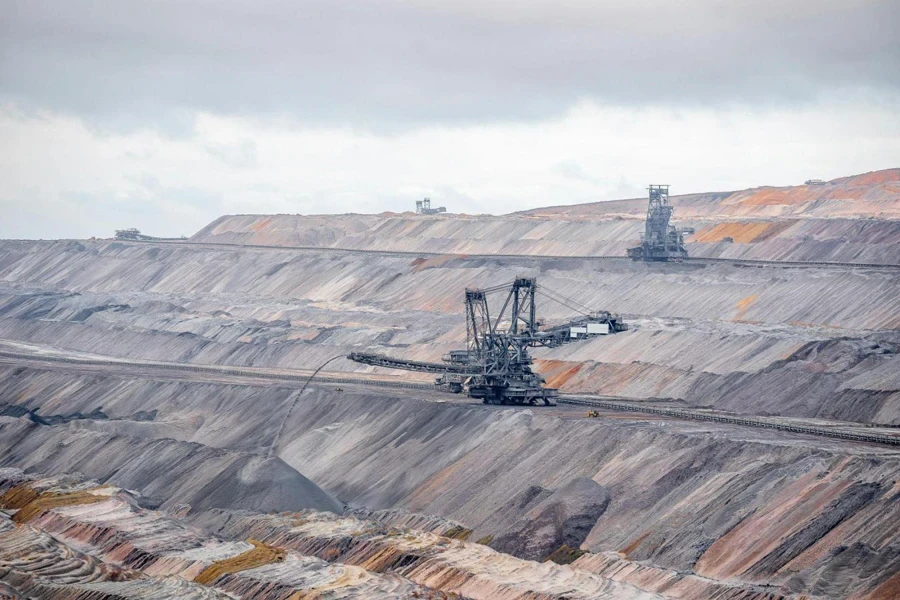
Environmental concerns
The region where the work will be carried out should also be considered when choosing a bucket wheel excavator. For example, if buying bucket wheel excavators for the European market, then the engines will need to meet EU environmental standards. This is becoming a smaller issue, however, as modern bucket wheel excavators are designed with energy efficiency in mind. For example, newer bucket wheel excavators are built with advanced technologies to reuse energy, and reduce fuel consumption and emissions. Additionally, features such as noise reduction technologies and dust suppression systems mean less atmosphere pollution.
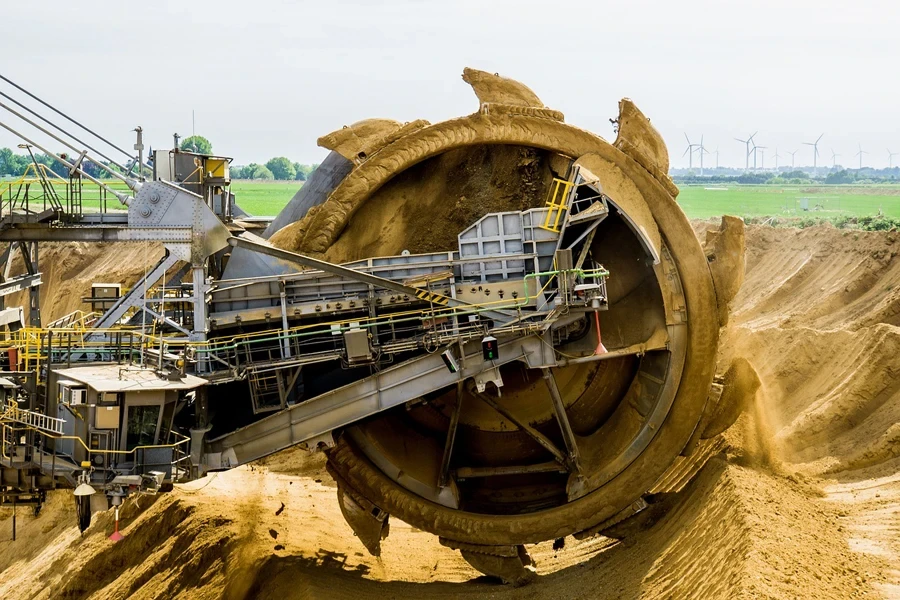
Conclusion
Bucket wheel excavators are a major investment, but they come with the potential of big cost and time savings. These machines can revolutionize enterprises in the industrial sector, which is why they will see consistent growth in the years ahead. This guide has therefore offered retailers key considerations to ensure they are stocking the best options for their buyers.
